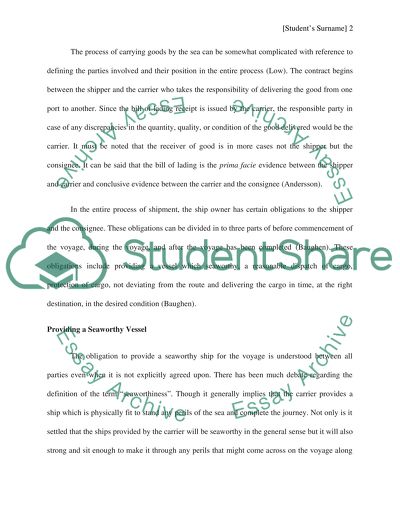Cite this document
(“'Critically discuss the common law duty of seaworthiness' Essay”, n.d.)
'Critically discuss the common law duty of seaworthiness' Essay. Retrieved from https://studentshare.org/law/1481263--critically-discuss-the-common-law-duty-of
'Critically discuss the common law duty of seaworthiness' Essay. Retrieved from https://studentshare.org/law/1481263--critically-discuss-the-common-law-duty-of
('Critically Discuss the Common Law Duty of seaworthiness' Essay)
'Critically Discuss the Common Law Duty of seaworthiness' Essay. https://studentshare.org/law/1481263--critically-discuss-the-common-law-duty-of.
'Critically Discuss the Common Law Duty of seaworthiness' Essay. https://studentshare.org/law/1481263--critically-discuss-the-common-law-duty-of.
“'Critically Discuss the Common Law Duty of seaworthiness' Essay”, n.d. https://studentshare.org/law/1481263--critically-discuss-the-common-law-duty-of.


